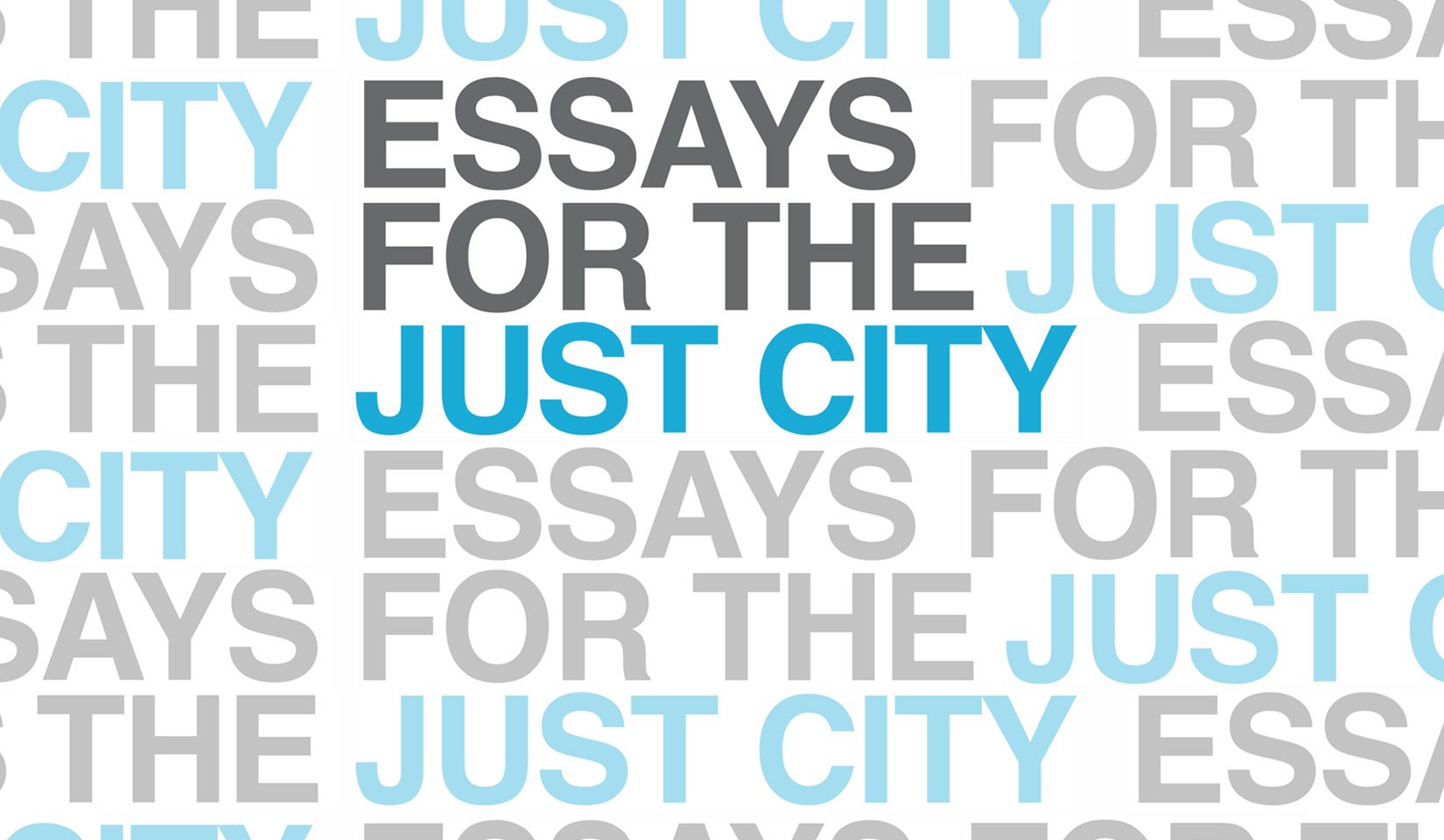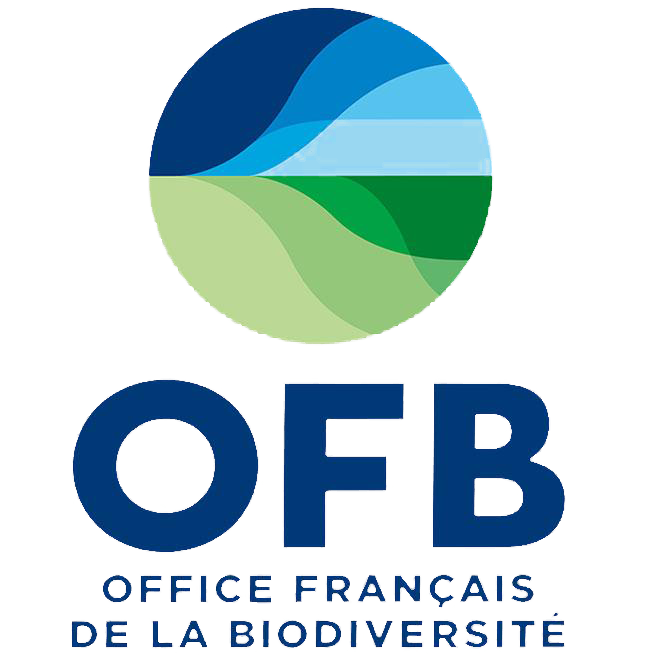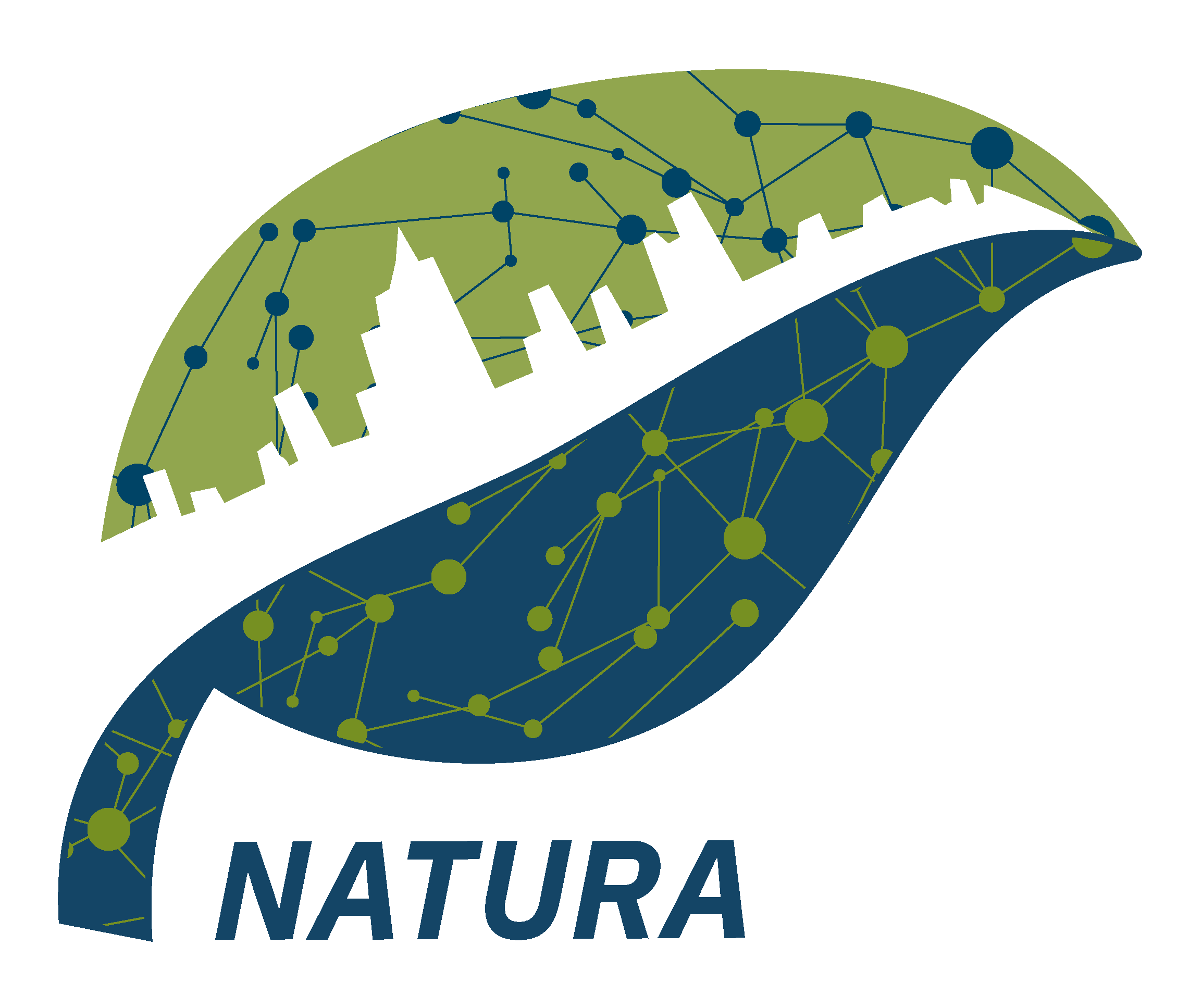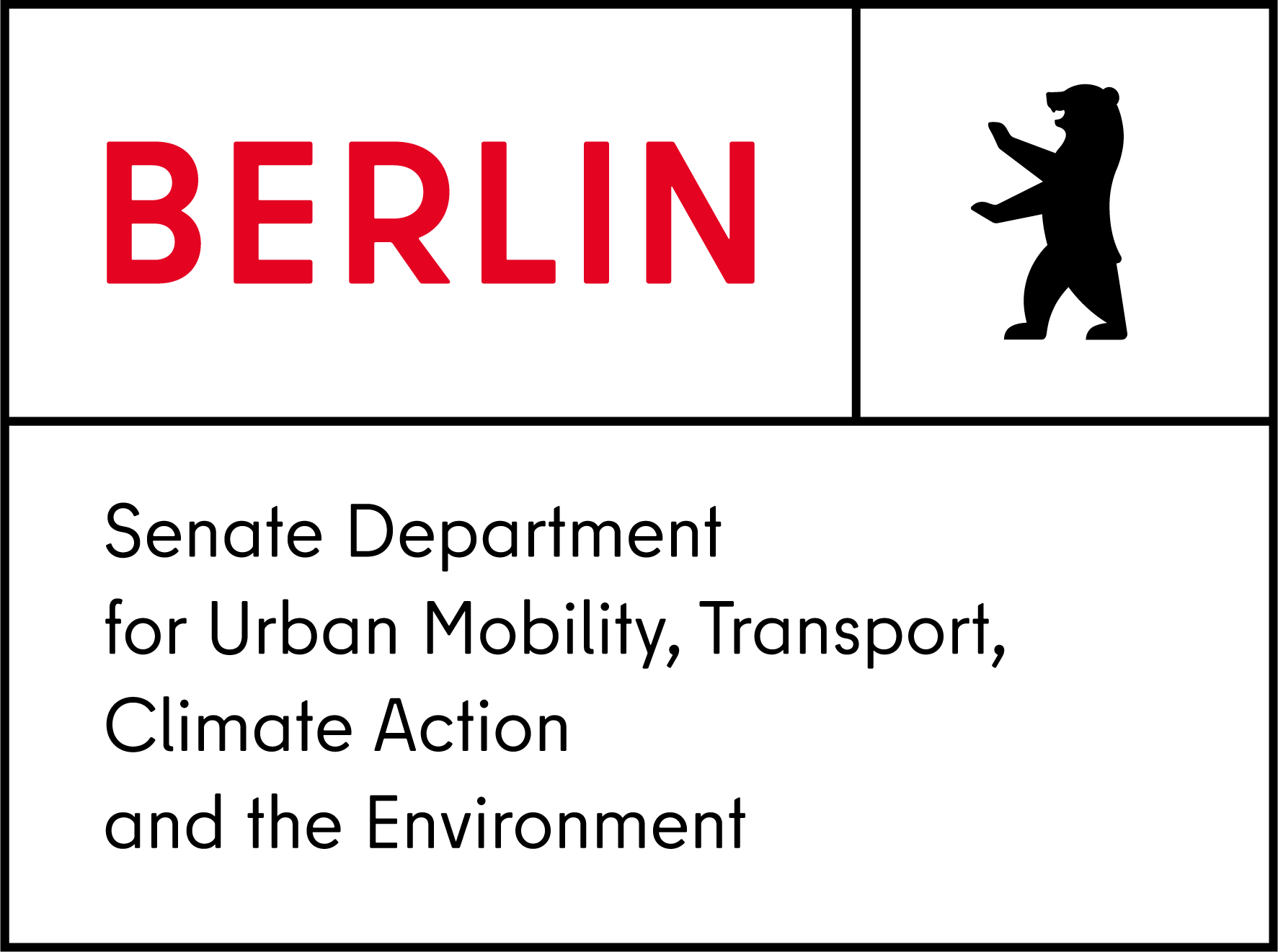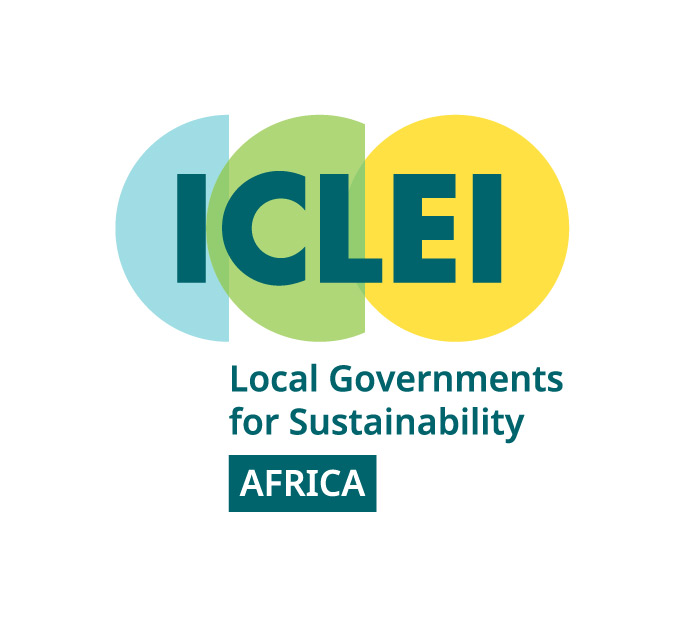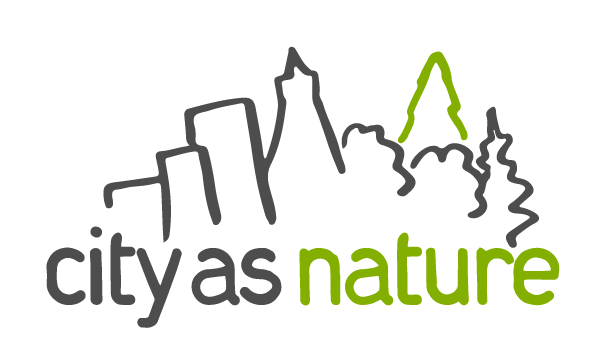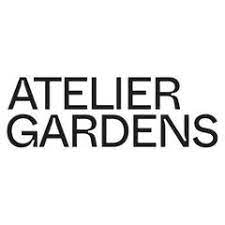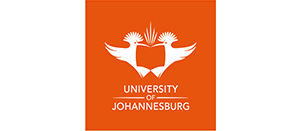 26 Visions for Urban Equity, Inclusion and Opportunity
26 Visions for Urban Equity, Inclusion and Opportunity
See the full Table of Contents. The series is also published at NextCity.org. All 26 essays are available here at TNOC.
The full eBook versions are available here: PDF, ePub (e.g., iBook, Nook), Mobi.
* * *
Over the past decade, there have been conversations about the “livable city,” the “green city,” the “sustainable city” and, most recently, the “resilient city.” At the same time, today’s headlines—from Ferguson to Baltimore, Paris to Johannesburg—resound with the need for a frank conversation about the structures and processes that affect the quality of life and livelihoods of urban residents. Issues of equity, inclusion, race, participation, access and ownership remain unresolved in many communities around the world, even as we begin to address the challenges of affordability, climate change adaptation and resilience. The persistence of injustice in the world’s cities—dramatic inequality, unequal environmental burdens and risks, and uneven access to opportunity—demands a continued and reinvigorated search for ideas and solutions.
Our organizations, the J. Max Bond Center on Design for the Just City at the City College of New York, The Nature of Cities, and Next City, have built our respective missions around creating and disseminating knowledge, reporting and analysis of the contemporary city. All three organizations offer platforms for thought leaders and grassroots activists who are working to identify both aspirational and practical strategies for building livable, sustainable, resilient and just cities. Our shared values brought us together to produce the first volume of Essays for the Just City, generously funded by the Ford Foundation. (Illustrations by Andrea Posada and design by Random Embassy.) Special thanks to Mary Rowe of the Municipal Art Society of New York.
The outreach to our invited 26 authors began with two straightforward questions: what would a just city look like, and what could be strategies to get there? We raised these questions to architects, mayors, artists, doctors, designers, scholars, philanthropists, ecologists, urban planners, and community activists. Their responses came to us from 22 cities across five continents and myriad vantages. Each offers a distinct perspective rooted in a particular place or practice. Each is meant as a provocation—a call to action. You will notice common threads as well as notes of dissonance. Just like any urban fabric, heterogeneity reigns.
Remember, this project began with questions, not answers. We hope this collection will inspire, and also be read as an invitation to imagine a city where urban justice may still be still unrealized, yet is urgently desired in the dreams of so many. The dialogue is only beginning, and much work remains to be done in cities across the world.
Toni L. Griffin, Ariella Cohen and David Maddox

TABLE OF CONTENTS
The series is also published at NextCity.
Introduction, Toni L. Griffin, Ariella Cohen and David Maddox
Tearing down Invisible Walls
Defining the Just City Beyond Black and White, Toni L. Griffin
In It Together, Lesley Lokko
Cape Town Pride. Cape Town Shame, Carla Sutherland
Urban Spaces and the Mattering of Black Lives, Darnell Moore
Ceci n’est pas une pipe: Unpacking Injustice in Paris, François Mancebo
Reinvigorating Democracy
Right to the City for All: A Manifesto for Social Justice in an Urban Century, Lorena Zárate
How to Build a New Civic Infrastructure, Ben Hecht
Turning to the Flip Side, Maruxa Cardama
A Just City is Inconceivable Without a Just Society, Marcelo Lopes de Souza
Public Imagination, Citizenship and an Urgent Call for Justice, Teddy Cruz and Fonna Forman
Designing for Agency
Karachi and the Paralysis of Imagination, Mahim Maher
Up from the Basement: The Artist and the Making of the Just City, Theaster Gates
Justice that Serves People, Not Institutions, Mirna D. Goransky
Resistance, Education and the Collective Will, Jack Travis
Inclusive Growth
The Case for All-In Cities, Angela Glover Blackwell
A Democratic Infrastructure for Johannesburg, Benjamin Bradlow
Creating Universal Goals for Universal Growth, Betsy Hodges
The Long Ride, Scot T. Spencer
Turning Migrant Workers into Citizens in Urbanizing China, Pengfei Xie
The Big Detox
A City that is Blue, Green and Just All Over, Cecilia P. Herzog
An Antidote for the Unjust City: Planning to Stay, Mindy Thompson Fullilove
Justice from the Ground Up, Julie Bargmann
Elevating Planning and Design
Why Design Matters, Jason Schupbach
Claiming Participation in Urban Planning and Design as a Right, P.K. Das
Home Grown Justice in a Legacy City, Karen Freeman-Wilson
Epilogue: Cities in Imagination, David Maddox
Published by The Nature of Cities, The J. Max Bond Center at the Bernard and Anne Spitzer School of Architecture at the City College of New York, and Next City
© 2015 All rights are reserved.
No part of this publication may be reproduced, stored in a retrieval system or transmitted in any form or by any means, electronic, mechanical, photocopying, recording or otherwise, without prior permission of The J. Max Bond Center, Next City and The Nature of Cities.
Essays for the Just City were produced with funding from the Ford Foundation.
Illustrations by Andrea Posada and design by Random Embassy.


